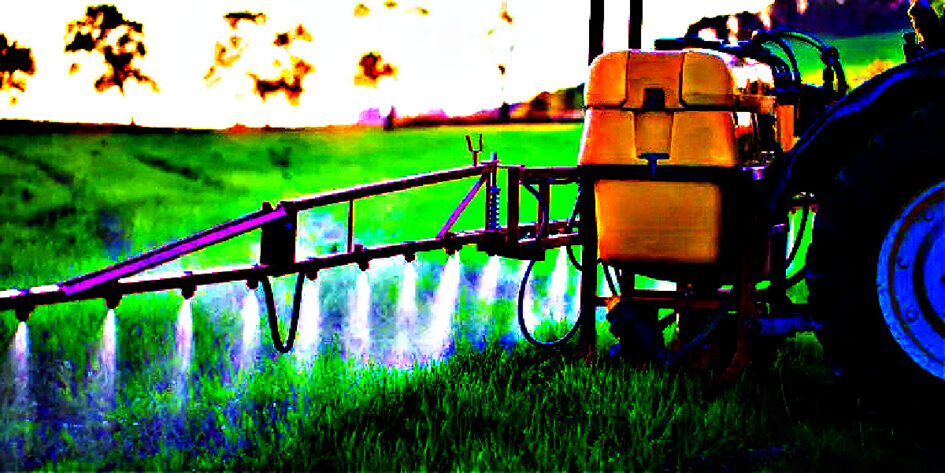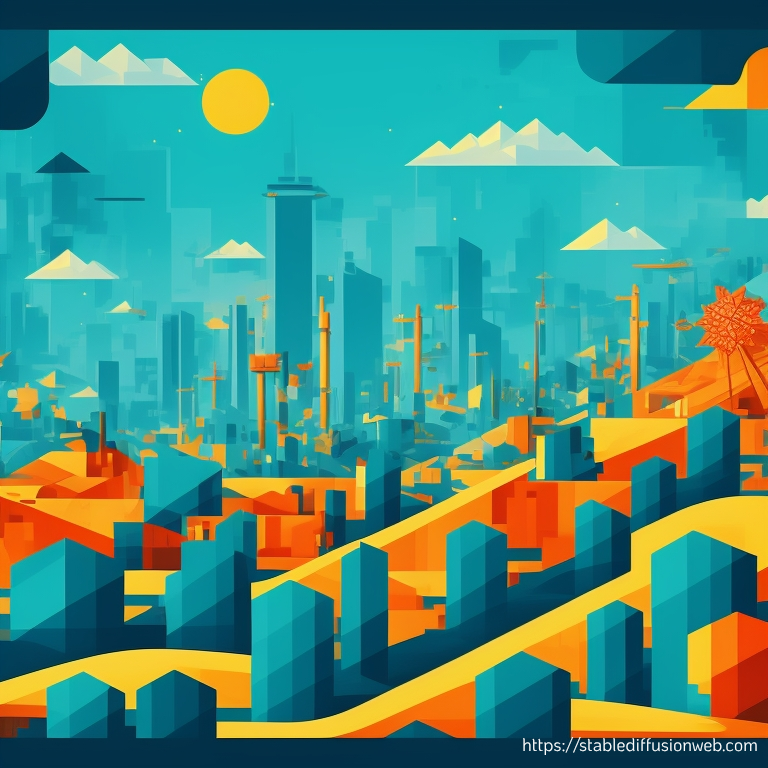TOTT NEWS
New research has revealed the extent of damage that agricultural pesticides are having on soils and waterways each year worldwide, with chemicals often wandering from their original sources.
Currently, around 3 million tonnes of agricultural pesticides are used worldwide every year.
It is an enormous number, and here’s the thing: We apply these vast amounts of pesticides to crops, but they don’t just magically disappear once they have done their job of killing their intended victims.
Researchers now reveal that pesticides, in fact, travel far and wide after initial agricultural application, leaching into aquifers, rivers, oceans and soils.
The international study analysed the geographic distribution of 92 of the most commonly used agricultural pesticides and found that approximately 77,000 tonnes (or 155,000,000 pounds) of potentially harmful chemicals leach into aquifers each year, impacting ecosystems and resources.

“Our study has revealed that pesticides wander far from their original source,” says lead author Federico Maggi from the University of Sydney’s School of Civil Engineering.
“In many cases these chemicals end up a long way downstream and often, though in much smaller amounts, all the way to the ocean”.
The study reveals that once they are in the water, most of the active ingredients end up in the ocean.
:max_bytes(150000):strip_icc():format(webp)/water-pesticides-d5b27e01579740e1aa050a41508477d6.jpg?w=640&ssl=1)
This damage amounts to 730 tonnes (1.6 million pounds) of pesticides entering rivers alone each year.
“This puts at risk the very basis of marine and freshwater food chains,” the authors explain, “…with potential negative impacts on marine wildlife and coral reefs”.
And it’s not just water that these pesticides are impacting.
It is soil too
The researchers show that some 80% of applied pesticides degrade into by-products (“daughter molecules”) in the soil that surrounds crops.
“This degradation of pesticides often occurs as a ‘cascade’ of molecules into the surrounding environment, which can persist in the environment for a long time and can be just as harmful as the parent molecule or applied pesticide,” says Maggi.
“One such example is glyphosate. Although it is highly degradable, it breaks down into a molecule known as AMPA that is both highly persistent and toxic”.
Remarkably, the authors say that the numbers are conservative because not all pesticides were included in the analysis. Legacy pesticides, those used in aquaculture, private dwellings, and public spaces, were not included — meaning the risk of these chemicals to ecosystems and people is likely higher.
Advocates argue that they are needed in order to ‘grow adequate food’ for ‘growing populations’.
However, with the monopolisation of seeds and food largely stripping away the essential powers to feed ourselves, this is a crisis that they have created for themselves.
And you can bet they will use this as a means as ‘acceptance’ for the ‘solution’ (fake, GM food).
But was only in the 20th century that everything changed to be like this.
Prior, these dangerous chemicals weren’t a thing that human beings associated with.
The fact that we even have ‘organic’ food and ‘food’ as two separate options highlights the insanity.
Before this pharmacological modernisation, our people and our planet was much better off.
ENVIRONMENTAL DEGREGATION
During World War I, modern pesticides were developed as the by-products of research on nerve gas and explosives; methods that would do horrible things to the human body.
After World War II, synthetic organic compounds ushered in a ‘new era’ of pesticides — one that conveniently found a use for chemicals previously used in war.
Let’s not forget that Monsanto were responsible for dropping Agent Orange in Vietnam.
The chemical industry transitioned to ‘peacetime’ by pushing DDT everywhere it could, even with the knowledge that “non-target” species were dying as collateral damage.
It took years to recognise the toxicological effects of DDT, and it is now banned in much of the world.
However, despite this, we are still enthusiastic about spraying poison on living things.
“Just because we don’t see pesticide residues in soil and water doesn’t mean they’re not there, impacting critical systems on land, rivers and oceans,” says paper co-author Dr. Fiona Tang from Monash University.
And you can trace this damage as the years have gone on.
According to a recent report to the United Nations (who are probably just bragging about it), almost one-third of the world’s farmable land has disappeared in the last four decades.

It was also reported in Scientific American that all of the world’s topsoil could become “unproductive” (as in useless) within 60 years if current rates of loss continue.

We have also recently seen reports about the state of Sydney’s freshwater catchments, which due to pollution and destruction, are beginning to concern those keeping an eye on future resources.
Not just that, but let’s not forget the elephant in the room: Cloud seeding and dangerous geoengineering programs that spray heavy metals all over both our soil and waterways.
Impacts of chemtrails have been explored in films like What in the World Are They Spraying?.
This type of environmental degradation contributes to 36–75 billion tonnes of land depletion every year and freshwater shortages, which in turn, slowly threatens the international food supply.
Soil and water are basic element that must be good to remain diverse and sustainable for the remainder of the ecosystem, and so that we can continue on.
But of course, with plans for full-blown laboratory ‘grown’ meat and insects are the plans of the parasites for humanity moving forward, they won’t be so quick as to stop this destruction any time soon.
This was all part of the plan, Jack.




